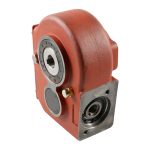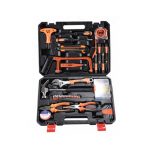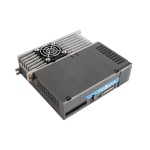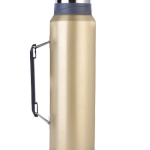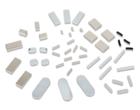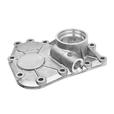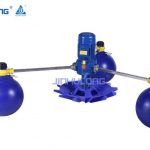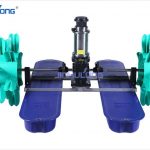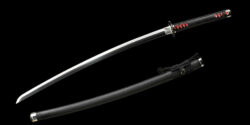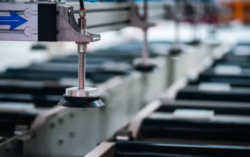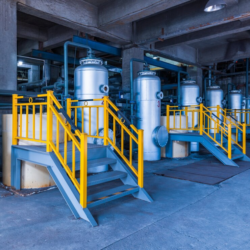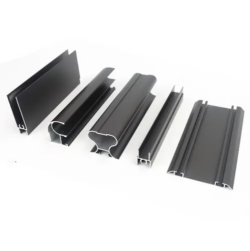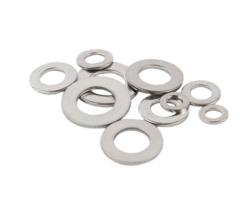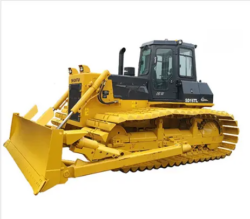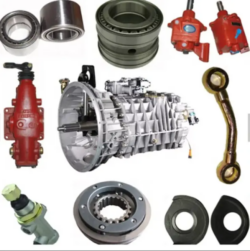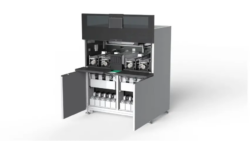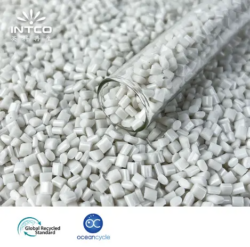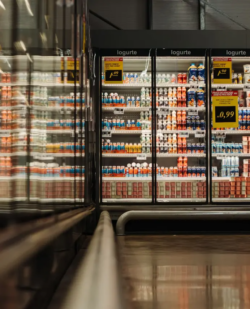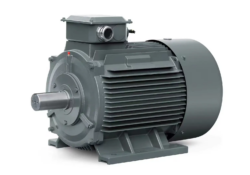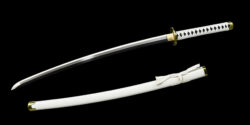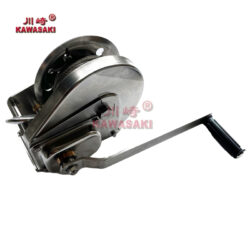Aquaculture Aerator: Enhancing Oxygen Levels for Sustainable Aquaculture
Introduction:
Aquaculture, the farming of aquatic organisms, is a rapidly growing industry that plays a significant role in global food production. However, one of the biggest challenges faced by aquaculturists is maintaining optimal oxygen levels in aquatic environments to ensure the health and growth of the farmed organisms. This is where the aquaculture aerator steps in, revolutionizing the industry by providing efficient aeration and oxygenation solutions.
Benefits of Aquaculture Aerator:
Aquaculture aerators are essential tools in maintaining adequate oxygen levels in aquaculture operations, promoting a sustainable and healthy environment for the farmed organisms. These aerators offer a range of benefits, including:
Improved Water Quality: The aerator enhances water circulation, preventing stagnant conditions and reducing the risk of harmful gases and pollutants accumulating. By increasing oxygenation, it helps eliminate toxins and improves overall water quality, creating a favorable habitat for the aquatic organisms.
Enhanced Oxygen Dissolution: Aquaculture aerators are specifically designed to maximize the dissolution of oxygen into the water. By creating fine bubbles and effectively dispersing them throughout the aquaculture system, the Aquaculture Aerator ensures efficient and uniform oxygen distribution, supporting the respiratory needs of the farmed organisms.
Increased Stocking Density: With a well-oxygenated environment, aquaculturists can increase stocking density, resulting in higher yields and improved profitability. The aerator allows for more intensive farming practices by providing the necessary oxygen supply to support a greater number of organisms without compromising their health and growth.
Disease Prevention: Poor oxygen levels can lead to stress and vulnerability in farmed organisms, making them more susceptible to diseases. The aquaculture aerator mitigates the risk of infections by maintaining optimal oxygen levels, strengthening the immune systems of the farmed organisms and reducing mortality rates.
Energy Efficiency: Modern aquaculture aerators are designed to be energy-efficient, minimizing operational costs without compromising performance. With advanced technology, these aerators consume less power while still delivering high levels of aeration, making them an economically viable solution for aquaculture operations.
Future Developments and Conclusion:
As the aquaculture industry continues to grow, advancements in aerator technology are expected to further optimize aeration and oxygenation processes. Developing aerators that are more energy-efficient, eco-friendly, and capable of integrating with smart monitoring systems will play a crucial role in maximizing productivity and sustainability in aquaculture operations.
Improved Water Quality:
In addition to increasing oxygen levels, aquaculture aerators also contribute to improving water quality. When aeration is properly implemented, it helps to enhance water circulation, which in turn prevents the build-up of pollutants, organic matter, and algal blooms. By reducing the presence of these harmful substances, the risk of diseases and mortality in aquaculture systems is significantly minimized. Furthermore, increased water circulation and oxygenation promote the breakdown of organic matter, resulting in a cleaner and healthier aquatic environment for the organisms. This not only improves the overall wellbeing of the aquatic organisms but also reduces the need for chemical interventions, making aquaculture more environmentally friendly and sustainable.
In conclusion, the aquaculture aerator is a game-changer in the industry, ensuring optimal oxygen levels for the well-being and productivity of farmed organisms. With its ability to improve water quality, increase stocking density, prevent diseases, and enhance energy efficiency, the aquaculture aerator has become an indispensable tool for sustainable aquaculture. By embracing this technology, aquaculturists can overcome the challenges of maintaining oxygen levels and propel the industry towards a prosperous and eco-friendly future.

